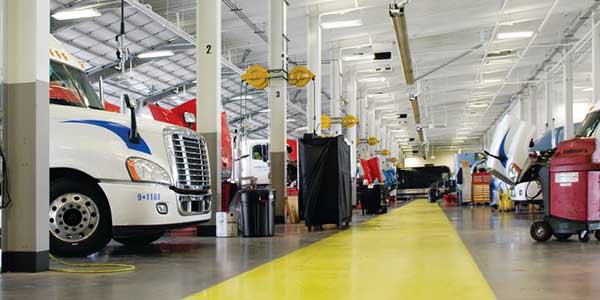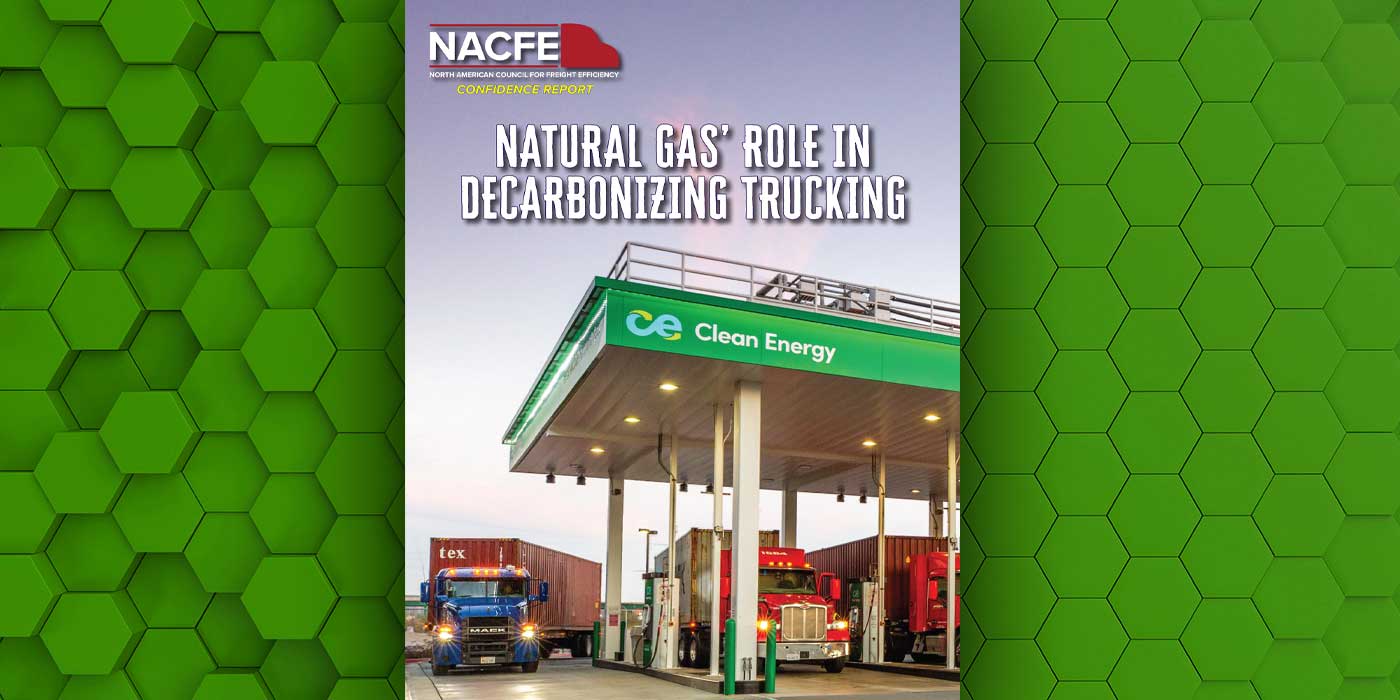It’s natural for anyone who works on similarly-equipped vehicles to discover patterns in the failure points, particularly with diagnostic trouble codes. The first few that come into the service bay usually mean the tech will need to closely follow the diagnostic steps. At least, that’s what happens in a perfect world.
Reality is a much different story. Nevertheless, let’s say the diagnostic steps are closely followed on those first few instances of encountering the same fault code or codes. After those few instances take place, the odds are high that a specific failure gets identified. For example, a speed sensor code consistently leads to a faulty sensor.
So, rather quickly the assumption gets made that whenever this code sets, the sensor is the culprit. Thus, a tech will know this failure point is an excellent place to start the diagnosis. Many techs will keep “known good” test parts on hand and quickly swap them in to see if the problem gets corrected. This, of course, eliminates having to tell the customer that a part is needed only to discover that it wasn’t the problem. When that happens, it’s time to go back to the diagnostic procedure to find out the source of the problem. But, is this the only time a tech should look elsewhere in the system?
Time is money to be sure. More often than not, failures are consistent across similarly-equipped vehicles. A lot of time can be saved by going after known faults. However, there is always the possibility that it’s something different, so it’s important to consider what made that failure happen in the first place. What is the root cause of the problem?
As a tech, it’s easy to get narrow vision when it comes to common failures. Still, there are a lot of things going on in and around every circuit and component on a vehicle. So when diagnosing a problem, all those surrounding areas need to be taken into consideration to better identify the root cause. Granted, the root cause may well be a defect in the sensor or other failed component. On the other hand, the root cause could be something as simple as a misaligned heat shield or a connector grommet not sealing. Using a truck repair information resource like TruckSeries from Mitchell 1 can help point techs in the right direction to reach an accurate diagnosis so they can fix the vehicle right the first time.
Good diagnostic techniques mean taking into consideration how a system works, as well as the factors that may affect it. In many cases, diagnostic procedures reveal a good or faulty component or system, but don’t tell you what may have caused it to fail. Why? The answer is fairly simple: There are a multitude of things that could be happening around the system that only the technician will be able to see. As a technician, you are the most vital part of good diagnostics.
This article was contributed by Jake Schell, associate product manager for Mitchell 1’s Commercial Vehicle Group.














